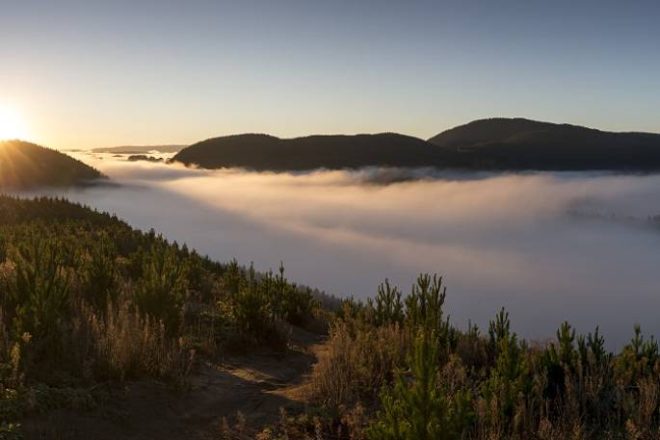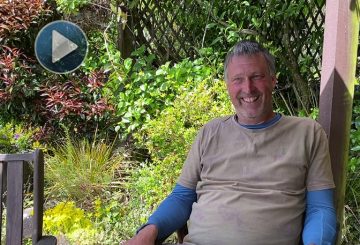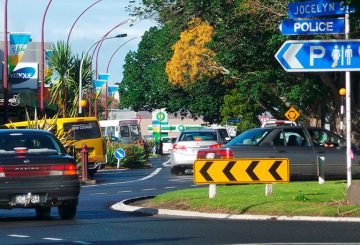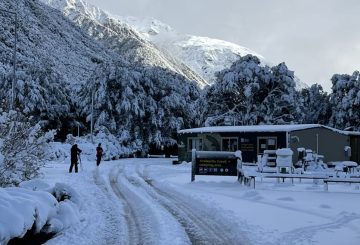Sinabi ng Pamahalaan na naghahatid ito sa pangako ng halalan sa 2020 na higpitan ang mga patakaran sa mga conversion ng bukid hanggang sa kagubatan sa pamamagitan ng pagbibigay ng higit na kontrol sa mga komunidad sa pagtatanim ng mga kagubatan, sabi ni Forestry Minister Peeni Henare. “Ang mga pagbabagong ito ay tungkol sa pagkuha ng tamang puno sa tamang lugar, sa pamamagitan ng pagtingin sa mas kaunting mga kagubatan ng pine na nakatanim sa bukiran at higit pa sa hindi gaanong produktibong lupain,” sabi ni Henare. “Kami ay nagbibigay kapangyarihan sa mga lokal na konseho upang magpasya kung aling lupa ang maaaring magamit para sa plantasyon at mga kagubatan ng carbon sa pamamagitan ng proseso ng pahintulot ng mapagkukunan. Sinabi ni Henare na ang mga susog sa National Environmental Standards for Plantation Forestry ay makikita ang mga epekto sa kapaligiran ng mga permanenteng pine forest na pinamamahalaan sa parehong paraan tulad ng mga kagubatan ng plantasyon. “Nangangahulugan ito na maraming pamantayan tulad ng pagtiyak ng mga firebreak, mga patakaran na nagtatanim sa tabi ng mga ilog, lawa at wetlands ay kinakailangan na ngayon para sa anumang mga bagong conversion sa kagubatan.” Ang mga pagbabago ay sumusunod sa malawak na konsultasyon sa publiko sa pambansang direksyon para sa plantasyon at exotic carbon afforestation noong nakaraang taon.
Ang pag-aalala ay ang kumot na pagtatanim ng produktibong lupa ay hindi produktibo. Ang pagbabagong ito ay tutulong sa mga komunidad upang matiyak na ang tamang uri at sukat ng mga kagubatan ay nakatanim sa tamang lugar. “Ang sektor ng panggugubat ay mahalaga sa mga lokal na ekonomiya, na nag-aambag ng higit sa $6.5 bilyon taun-taon at nagbibigay ng higit sa 35,000 mga trabaho. “Gayunpaman, ang malakihang pagbabago sa paggamit ng lupa para sa kakaibang kagubatan ng carbon, kung iniwan ang walang check at walang anumang pangangasiwa o mga kinakailangan sa pamamahala, ay may potensyal para sa hindi sinasadyang mga epekto sa kapaligiran, mga komunidad sa kanayunan, at mga pang-rehiyon na ekonomiya.”
Kredito: sunlive.co.nz






























































